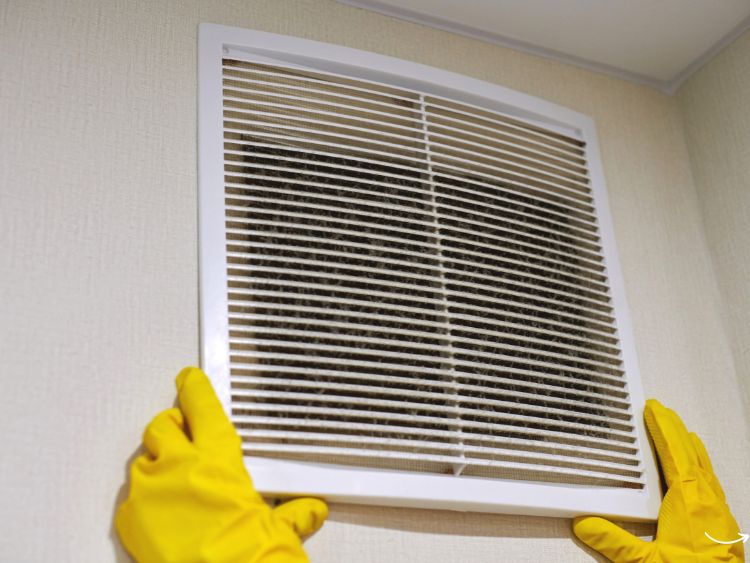Have you ever wondered how your lungs manage to keep you breathing effortlessly? The secret lies in a process called ventilation alveolar, a fundamental aspect of respiratory health. This article delves into the intricacies of alveolar ventilation, explaining its importance, mechanisms, and the factors influencing it. So, let’s dive in and uncover the marvels of your respiratory system!
What is Alveolar Ventilation?
Alveolar ventilation refers to the exchange of gases between the alveoli and the external environment. The alveoli are tiny air sacs in the lungs where oxygen and carbon dioxide are exchanged. Efficient alveolar ventilation ensures that oxygen reaches your bloodstream and carbon dioxide is expelled, maintaining the body’s vital functions.
The Mechanics of Alveolar Ventilation
The Process of Breathing
Breathing involves two main phases: inspiration and expiration. During inspiration, the diaphragm contracts and flattens, creating a vacuum that draws air into the lungs. The air travels through the bronchial tubes and into the alveoli, where gas exchange occurs. During expiration, the diaphragm relaxes, pushing air out of the lungs.
The Role of the Alveoli
Alveoli are crucial for effective ventilation. These tiny sacs are surrounded by capillaries, allowing for the exchange of oxygen and carbon dioxide. Oxygen from the inhaled air passes through the alveolar walls into the blood, while carbon dioxide from the blood is expelled through exhalation.
Factors Influencing Alveolar Ventilation
Lung Compliance
Lung compliance refers to the ease with which the lungs can expand and contract. Higher lung compliance means the lungs can expand more easily, facilitating better alveolar ventilation. Conditions such as emphysema can increase lung compliance, while fibrosis can decrease it.
Airway Resistance
Airway resistance is the resistance to airflow within the respiratory tract. Increased resistance, caused by conditions like asthma or bronchitis, can hinder airflow, reducing alveolar ventilation.
Respiratory Rate and Depth
The rate and depth of breathing significantly impact alveolar ventilation. Rapid, shallow breaths may not allow enough air to reach the alveoli, while slow, deep breaths can enhance gas exchange efficiency.
The Importance of Alveolar Ventilation
Oxygen Delivery
Alveolar ventilation is vital for delivering oxygen to the body. Oxygen is essential for cellular respiration, which produces the energy needed for various bodily functions. Without adequate oxygen supply, organs and tissues cannot function optimally.
Carbon Dioxide Removal
Efficient alveolar ventilation ensures that carbon dioxide, a waste product of metabolism, is expelled from the body. High levels of carbon dioxide can lead to respiratory acidosis, a condition that can disrupt the body’s acid-base balance.
Disorders Affecting Alveolar Ventilation
Chronic Obstructive Pulmonary Disease (COPD)
COPD is a group of lung diseases, including emphysema and chronic bronchitis, that obstruct airflow and impair alveolar ventilation. Symptoms include shortness of breath, wheezing, and chronic cough.
Asthma
Asthma is a chronic condition characterized by inflammation and narrowing of the airways. This can increase airway resistance and reduce alveolar ventilation, leading to breathing difficulties.
Pulmonary Fibrosis
Pulmonary fibrosis involves the thickening and scarring of lung tissue, reducing lung compliance and hindering alveolar ventilation. Patients often experience persistent dry cough and shortness of breath.
Improving Alveolar Ventilation
Breathing Exercises
Practicing deep breathing exercises can improve lung capacity and enhance alveolar ventilation. Techniques such as diaphragmatic breathing and pursed-lip breathing are particularly beneficial.
Physical Activity
Regular physical activity strengthens respiratory muscles, increases lung capacity, and promotes better alveolar ventilation. Activities like walking, swimming, and cycling are excellent choices.
Avoiding Pollutants
Minimizing exposure to air pollutants, such as tobacco smoke and industrial fumes, can help maintain healthy alveoli and optimal alveolar ventilation.
FAQs
Q: What is the main function of alveoli?
A: The primary function of alveoli is to facilitate the exchange of oxygen and carbon dioxide between the lungs and the bloodstream.
Q: How can I improve my alveolar ventilation?
A: You can improve alveolar ventilation through deep breathing exercises, regular physical activity, and avoiding exposure to air pollutants.
Q: What conditions can affect alveolar ventilation?
A: Conditions such as COPD, asthma, and pulmonary fibrosis can impair alveolar ventilation by affecting lung compliance and airway resistance.
Summary
Alveolar ventilation is a crucial aspect of respiratory health, ensuring that oxygen reaches the bloodstream and carbon dioxide is expelled from the body. Understanding the mechanics of breathing, the role of alveoli, and the factors influencing ventilation can help you appreciate the importance of maintaining healthy lungs. By adopting practices that promote lung health, you can enhance your alveolar ventilation and overall well-being. So, take a deep breath and cherish the incredible efficiency of your respiratory system!




